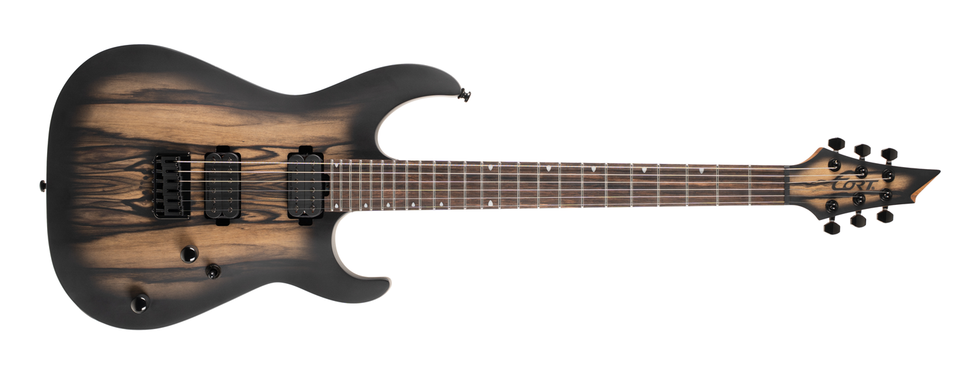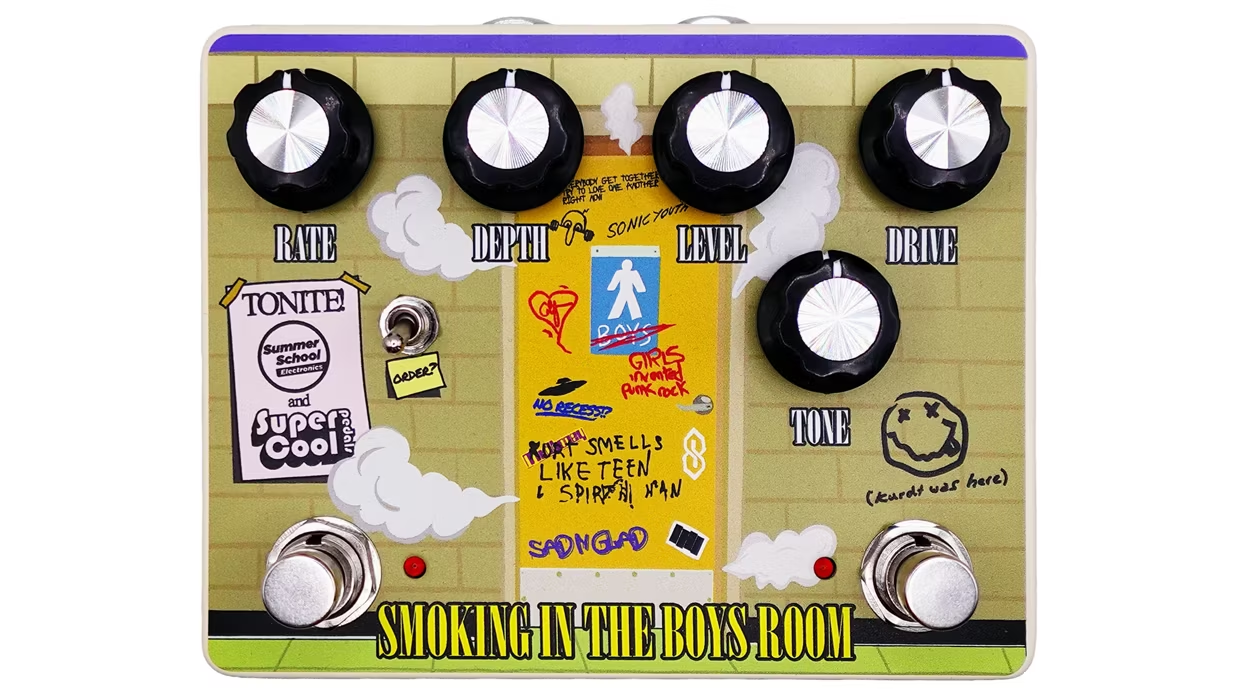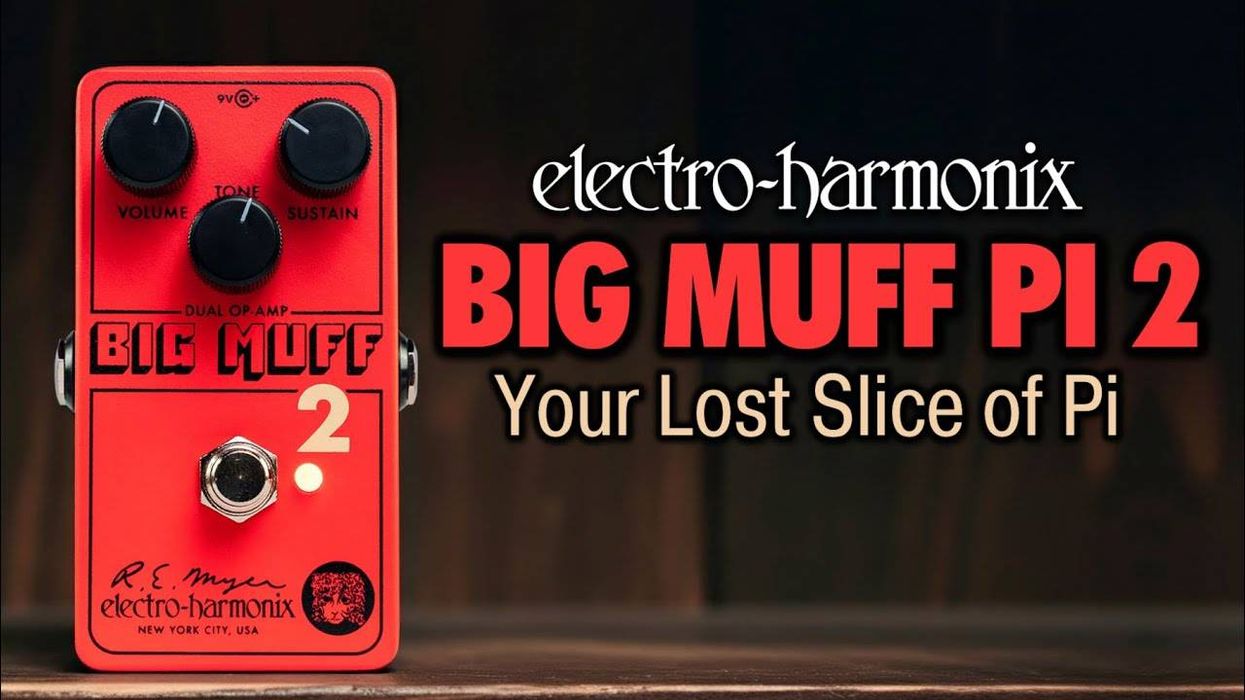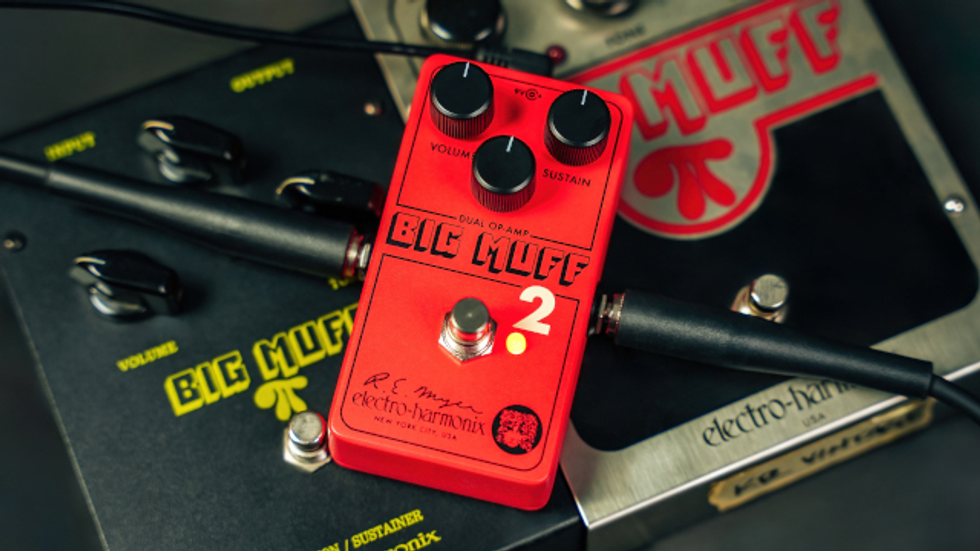Takamine Guitars unveils their annual Limited Edition acoustic-electric guitar, the LTD2025.
Takamine Guitars (NAMM Booth 210D) has unveiled their annual special Limited Edition acoustic-electric guitar. Available in very limited quantities and created for serious musicians and instrument collectors alike, this year’s model is the LTD2025.
“The LTD2025 is a guitar with looks that match its superb sound,” says Tom Watters, Director Product Development for Takamine Guitars. “Each of these guitars are built one at a time, completely by hand, by Takamine’s renowned luthiers. We’re sure that this distinctive instrument will be coveted like our previous LTD models have been.”
Painstakingly handcrafted in extremely limited quantities by Takamine’s respected luthiers in Japan, the Takamine LTD2025 is an OM Cutaway guitar that features a top that’s crafted from solid Engelmann spruce, and a body made of exquisite Hawaiian koa, offering a rich and dynamic tonal quality. Its Antique Evergreen gloss finish not only highlights the guitar's aesthetic appeal, but also gives it a timeless and distinguished look.The LTD2025’s body boasts stunning tortoise binding along with abalone purfling, adding a touch of sophistication to its classic design. Its mahogany neck offers an ebony fingerboard that’s adorned with brass position markers, designed to age beautifully over time, enhancing its vintage charm.
The LTD2025 offers electronics that are equally impressive, featuring Takamine's renowned Palathetic pickup system and the retro-inspired CTF-2N FET preamp, providing both excellent sonic fidelity and a natural, warm tone.
For more information, please visit esptakamine.com.


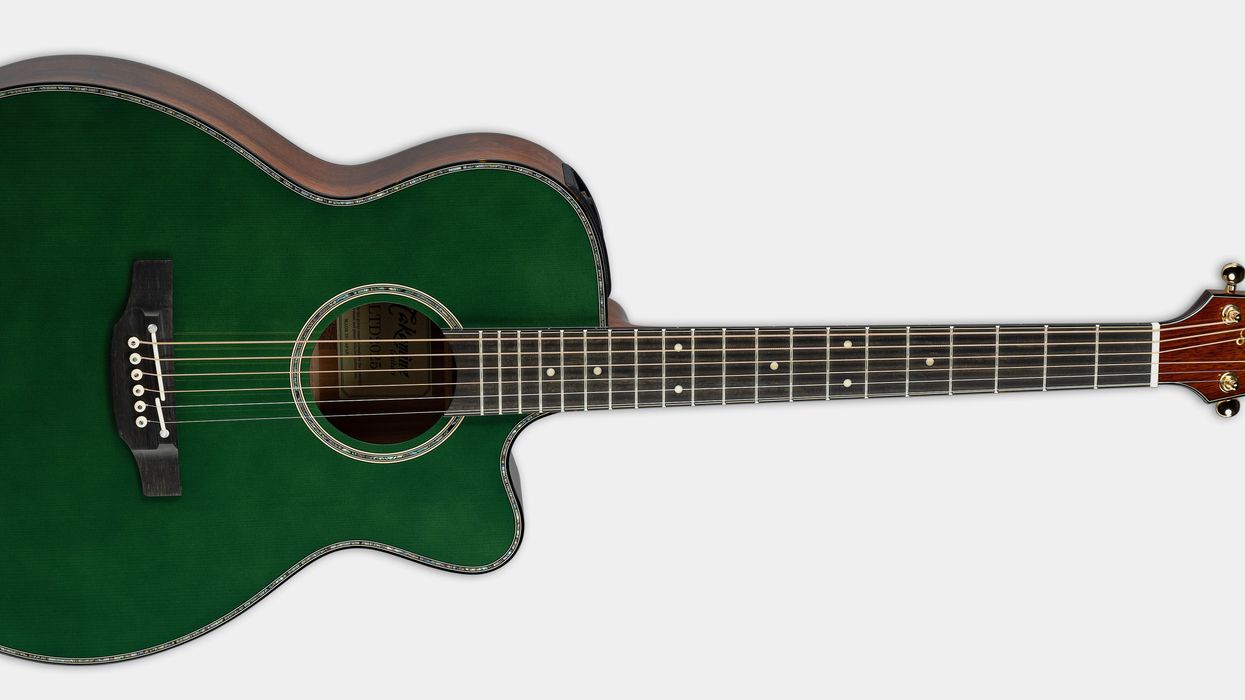
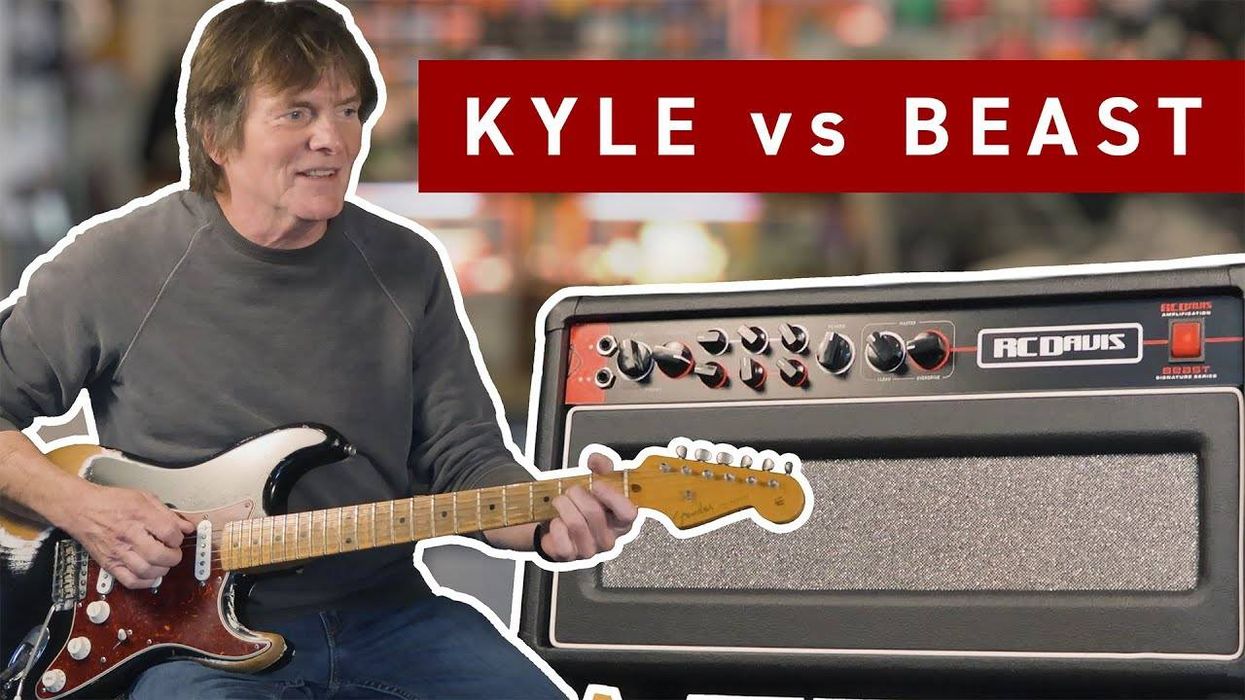
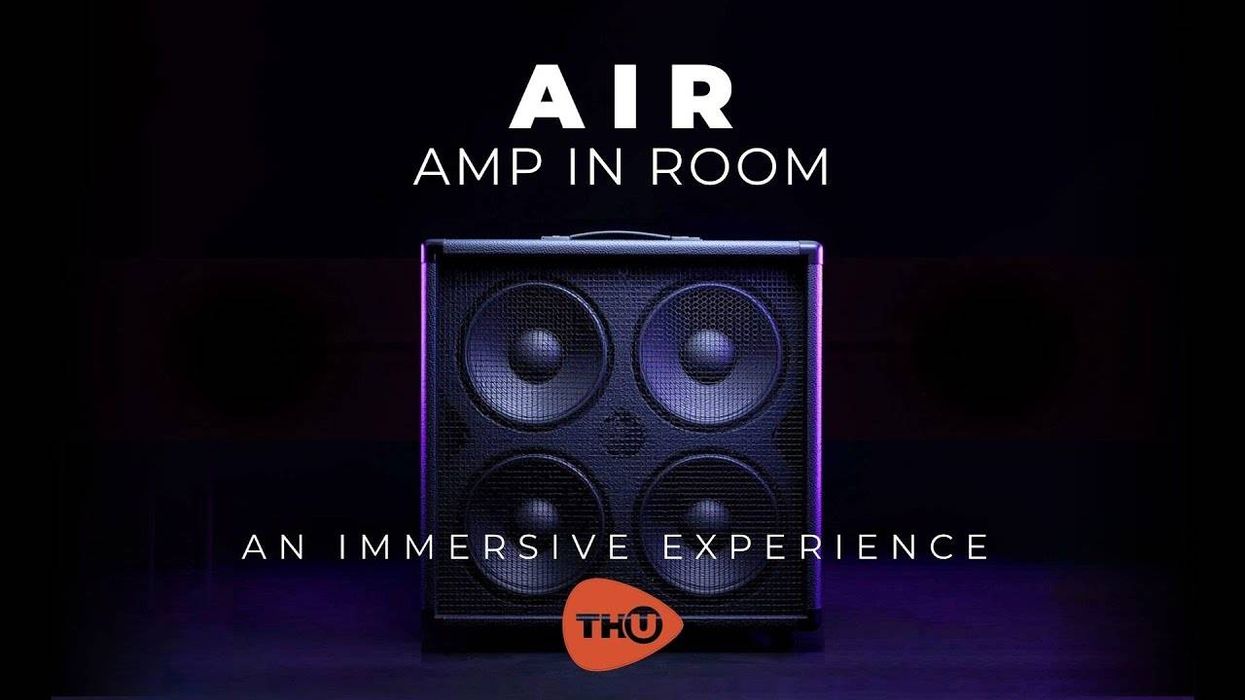


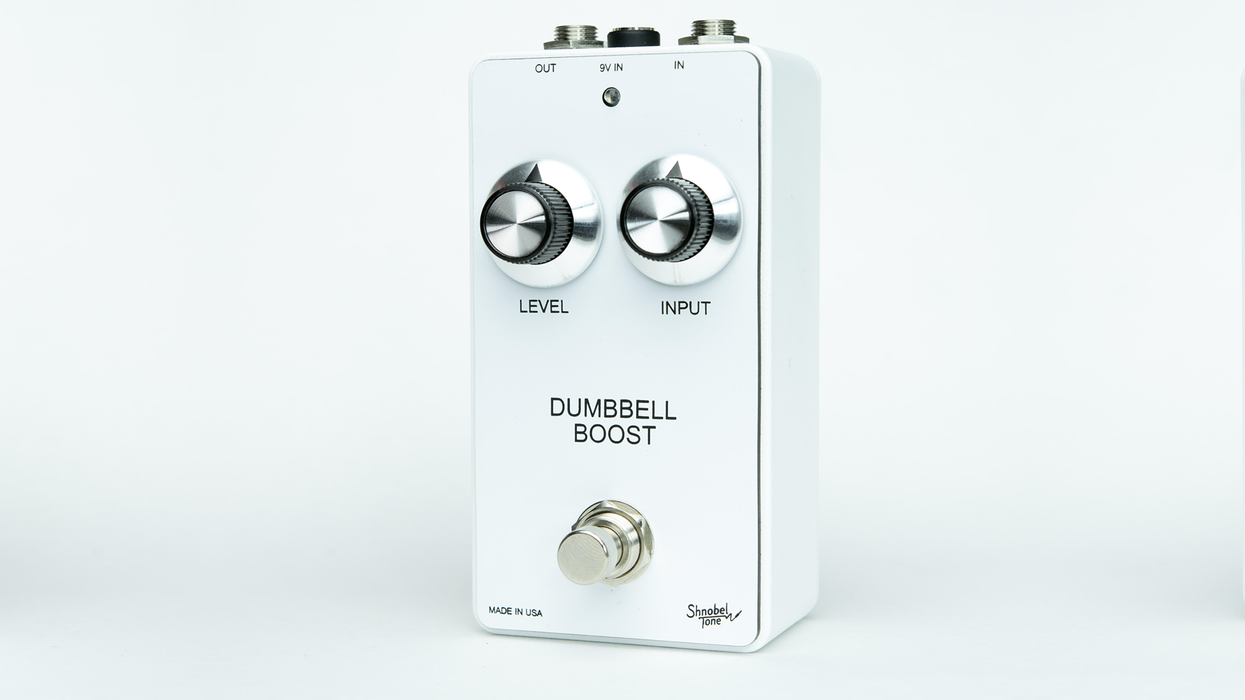


![Rig Rundown: Russian Circles’ Mike Sullivan [2025]](https://www.premierguitar.com/media-library/youtube.jpg?id=62303631&width=1245&height=700&quality=70&coordinates=0%2C0%2C0%2C0)




